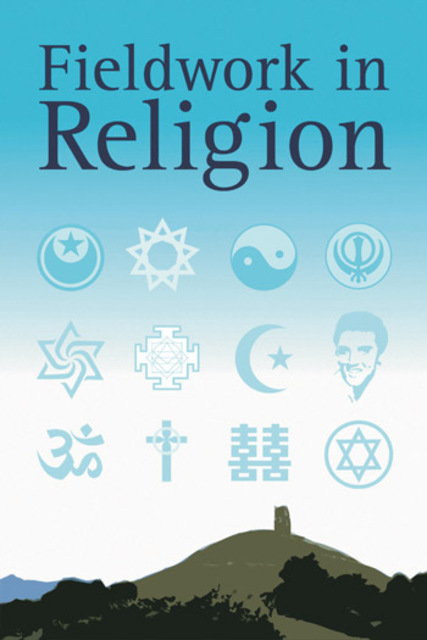Religious Syncretism among the Semelai Orang Asli Muslims in Sungai Lui Village, Malaysia

Full description
The Semelai are a proto-Malay Orang Asli tribe settled around Negeri Sembilan and Pahang, Malaysia. Their settlements in Negeri Sembilan are in Sungai Lui village and Sungai Sampo village in Jempol. A few of their number also settled in some areas in Bera, Pahang. A majority of this community still adhere to ancestral faiths, although some have converted to Islam since the 1990s. At the same time, practices introduced by a Buddhist shaman took root among the community over the last thirteen years. This article discusses the religious beliefs and practices of this community, especially among Muslim adherents. The study uses a qualitative approach through data collection via interviews with key informants in Sungai Lui village, Jempol. The data were later analysed through a descriptive interpretive method, and the research found that syncretism spread among the belief practices of the Semelai Muslims in Sungai Lui village following the exploits of a Buddhist shaman that succeeded in curing the chronic disease of a villager. At the same time, they still practise inherited customs and wisdoms from animist times, even after their conversion to Islam.
- typeImage
- created on
- file formatjpeg
- file size62 KB
- container titleFieldwork in Religion
- creatorRos Aiza Mohd Mokhtar, et al
- issn1743-0623 (online)
- issue16.2
- publisherEquinox Publishing Ltd.
- publisher placeSheffield, United Kingdom
- rightsEquinox Publishing Ltd.
- volume
- doi
We use cookies to analyze our traffic. Please decide if you are willing to accept cookies from our website. You can change this setting anytime in Privacy Settings.
